ATSDR Presentation to the Spring Valley Restoration Advisory Board
Presented by Laura Frazier on November 13, 2001
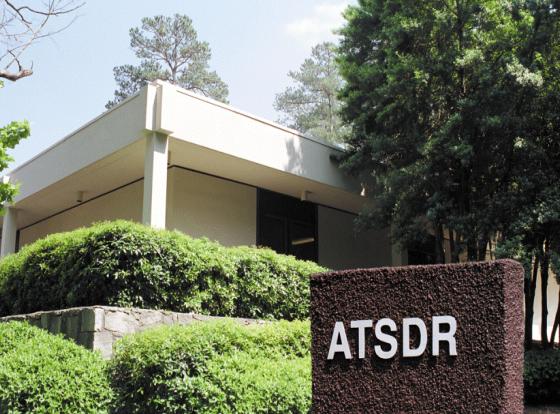
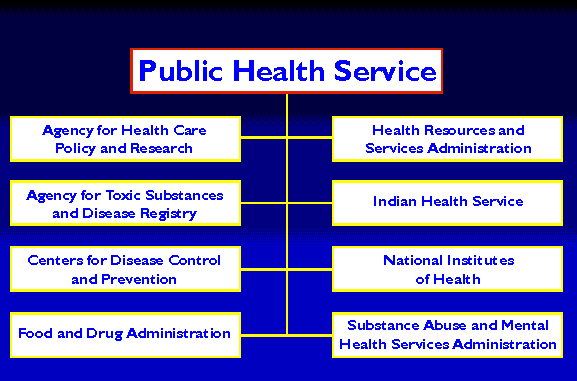
The mission of the Agency for Toxic Substances and Disease Registry is to prevent exposure and adverse human health effects and diminished quality of life associated with exposure to hazardous substances from waste sites, unplanned releases, and other sources of pollution present in the environment.
- Evaluate human health risks from toxic sites and releases and conduct timely, responsive public health actions.
- Determine the relationship between exposure to toxic substances and disease.
- Develop and provide reliable, understandable information for affected communities and stakeholders.
- Build and enhance effective partnerships.
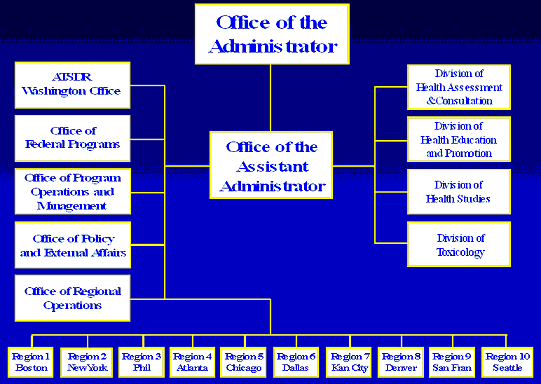
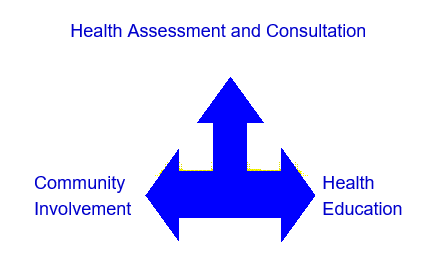
ATSDR provides opportunities and suggests methods to actively involve community members in actions to protect the public’s health from risks posed by hazardous wastes or other sources of environmental pollution.
ATSDR Staff:
- Solicit and listen intently to community health concerns
- Review all health concerns to provide a basis for developing developing products that address issues
- Ensure that community concerns are accurately reflected in ATSDR site-related documents
- Makes environmental science more accessible and relevant to community health concerns and needs
- Provides technical assistance to health partners
- Promotes collaborations to respond effectively to health problems
- Develops environmental health expertise in the local health provider and public health infrastructures
- Promoting Community Involvement
- Conducting educational needs assessments
- Producing a variety of site-specific materials and disseminating them in many ways
- Developing Partnerships and funding cooperative agreements
- Producing educational products and courses for health care providers
- Site visit
- Gather/review data
- Prepare PHA or HC
- Initial Release (Data validation)
- Public Comment Period
- Final Release
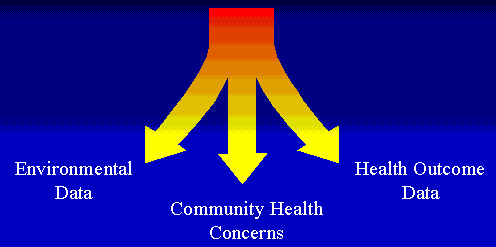
- Public Health Advisories
- Public Health Assessments
- Health Consultations
- Exposure Investigations
- Actions to Protect Public Health
- Cease / reduce exposure
- Gather additional Environmental Data
- Site characterization
- Characterize media not already addressed
- Follow-up Health Actions
How do people come into contact with contaminants?
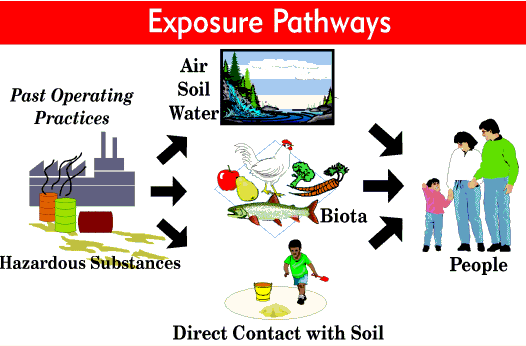
Pathway Elements
Contaminant Source

Environmental Media

Exposure Point

Exposure Route

Receptor Population
- Contaminants must exist in the environment
- People must come into contact with areas that have potential contamination
- The amount of contamination must be sufficient to affect people’s health
- Urgent Public Health Hazard
- Public Health Hazard
- Indeterminate Public Health Hazard
- No Apparent Public Health Hazard
- No Public Health Hazard
- Past
- American University Day Care
- Present
- Needs Assessments
- Development of Investigation Protocol
- Future
- Exposure Investigation
- Health Consultation
- Petition letter from residents through a law firm to conduct the public health assessment process.
- DC Health request for further biological testing of residents.
- ATSDR plans to coordinate with the Mayor’s Science Advisory Panel.
- Soil data – composite and grid samples from area-wide sampling
- Air data – indoor samples from 2 residences
- Water data – check concentrations in municipal water system
- Misc. – any other applicable data which become available during the assessment process
- Determine which families in Spring Valley have the highest concentrations of arsenic in surface soil.
- Based on the composite soil sampling results, ATSDR proposes to offer testing to those families with the highest concentrations of arsenic.
- ATSDR is considering hair and urine analysis for arsenic. Exposure histories will be collected from exposure investigation participants.
- Determine if the sampling results indicate elevated levels. If so, follow-up with exposure prevention strategies.
- Improve public health decision making
- Improve the health focus of ATSDR documents
- Help influence decisions about site use or site remediation
- Facilitate the transition from public health actions to ATSDR funded studies
- Help focus agency resources
The interpretation of hair results can be difficult:
- This technique often cannot determine whether a substance is incorporated within a hair strand was absorbed into the body through an internal exposure or is lodged on the surface of a strand (external exposure).
- Currently, hair analyses for arsenic cannot be used to make a diagnosis or predict health problems. It can only indicate if an exposure has occurred.
toll-free: 1-888-42-ATSDR (8737)
- Tom Stukas, Regional Representative
- 215-814-3142 stukas.tom@epa.gov
- Laura Frazier, Site Lead
- 404-498-0386 lfrazier@cdc.gov
- Loretta Bush, Community Involvement
- 404-498-1742 lsbush@cdc.gov
- Mark Miller, Health Education and Promotion
- 404-498-0520 mdmiller@cdc.gov